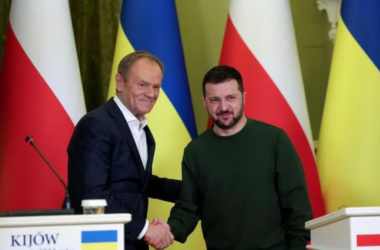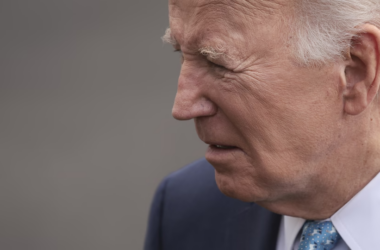Recent reports reveal that U.S. intelligence agencies have received information indicating that Russia’s Wagner mercenary group is considering supplying an air defense system to Hezbollah, the Lebanese militia with Iranian backing. The system in question is identified as the Pantsir-S1, also known as the SA-22 in NATO terminology. It is renowned for its ability to intercept aircraft using a combination of anti-aircraft missiles and air-defense guns.
The Wall Street Journal, citing anonymous U.S. officials, disclosed the intelligence regarding Wagner’s plans. Notably, the Wagner Group is a paramilitary organization that initially received funding from the Russian state. However, it has since been brought under the firm control of the Kremlin, following a failed mutiny led by its former leader, Yevgeny Prigozhin, in June. Wagner has not yet responded to requests for comment from Reuters regarding the reported plan.
The United States has not independently confirmed whether the air defense system has been dispatched to Hezbollah. Nevertheless, American officials are actively monitoring discussions and communications related to this potential arms transfer between Wagner and Hezbollah.
According to The Wall Street Journal, should this transfer proceed, the Pantsir system would be routed through Syria. Russia has been a significant supporter of the Assad regime in Syria since its intervention in the country’s civil war in 2015. This involvement has created a pathway for such military equipment to be delivered to groups like Hezbollah.
Hezbollah’s origins date back to 1982, when it was founded by Iran’s Revolutionary Guards during the Lebanese civil war, which spanned from 1975 to 1990. The militia was established as part of Iran’s broader initiative to spread its 1979 Islamic Revolution throughout the region. Hezbollah was also tasked with countering Israeli forces after their invasion of Lebanon in 1982.
The potential supply of an air defense system to Hezbollah adds complexity to the ongoing geopolitical dynamics in the Middle East. It underscores the intricate web of regional alliances and tensions while raising questions about the broader implications of such an arms transfer. U.S. intelligence agencies will continue to closely monitor the situation and assess its potential impact on regional stability.








